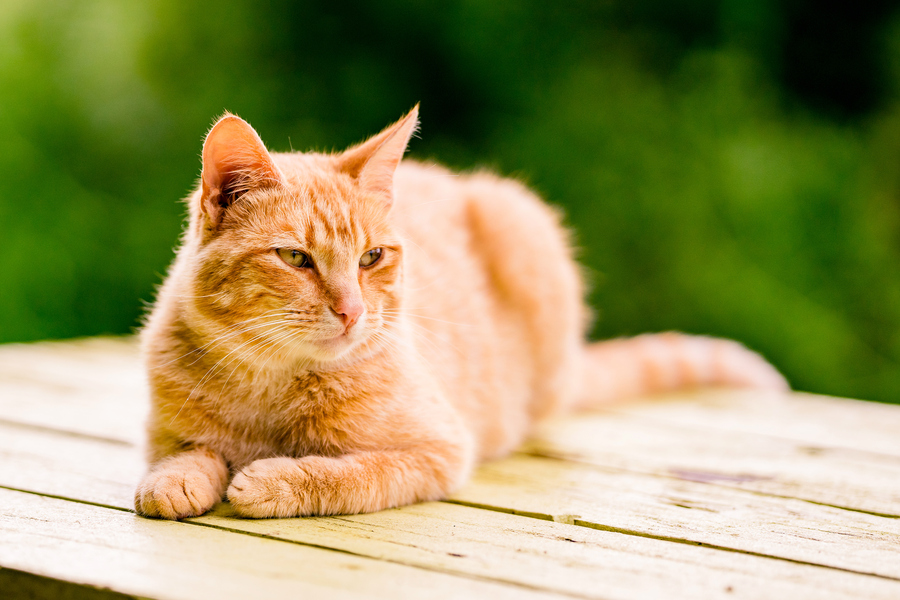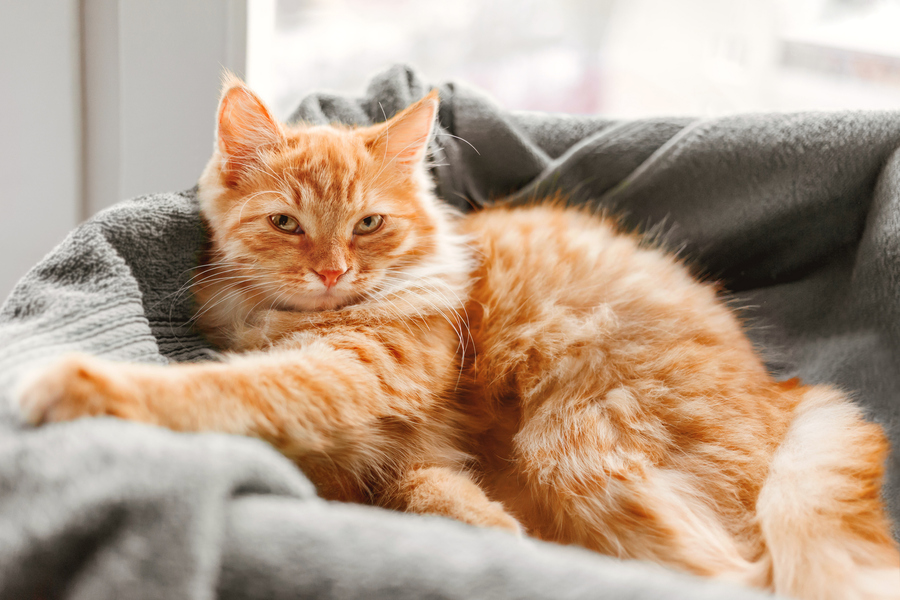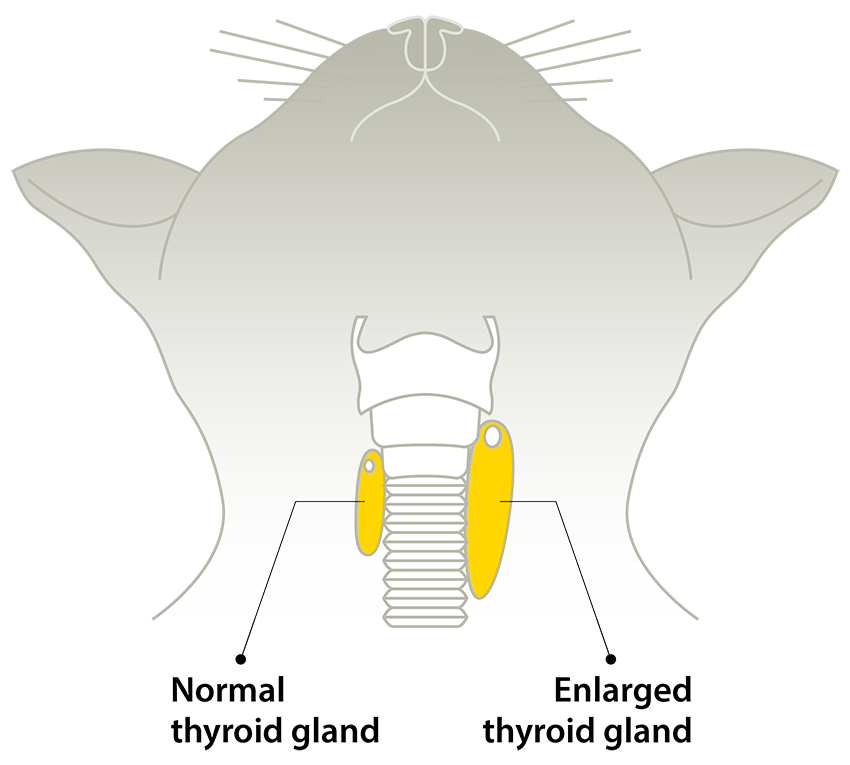
Hyperthyroidism in cats
What is feline hyperthyroidism?
Worldwide, hyperthyroidism is believed to be the most common hormonal disease in cats, affecting 12% of the cat population over the age of 91.
It affects the thyroid gland, which produces the hormone thyroxine (T4) and is situated either side of the windpipe in the neck of the cat. The hormone thyroxine controls the body’s metabolism i.e. the speed at which the body uses energy.
Understanding feline hyperthyroidism
Learn more about the disease, the causes, signs and treatment options.

Feline Hyperthyroidism - Tips for Pet Owners
Watch our short, on-demand webinar on how to care for cats with feline hyperthyroidism. Hosted by Dr. Sarah Caney, an expert in feline medicine. Duration: 16 minutes.

Interested in learning more?
Could your cat be showing signs of hyperthyroidism? Download our vet approved, overview of the disease and learn more about what changes you can make to improve the quality of life for your cat.
References:
1. Caney, S. Caring for a cat with hyperthyroidism. 2013. Vet Professionals






